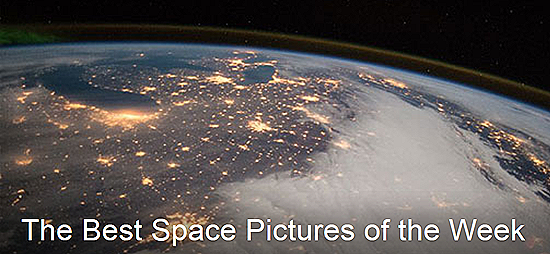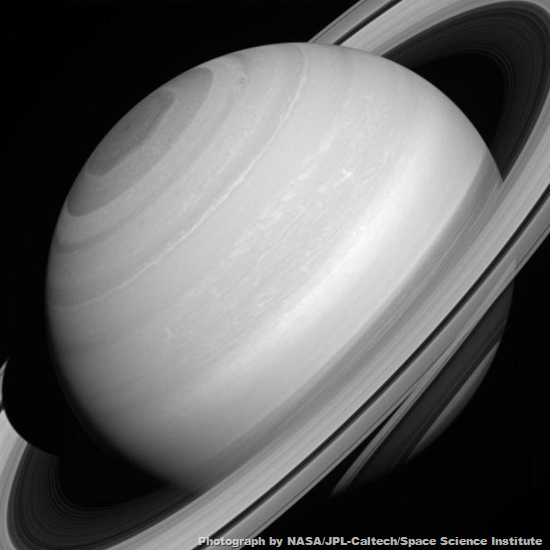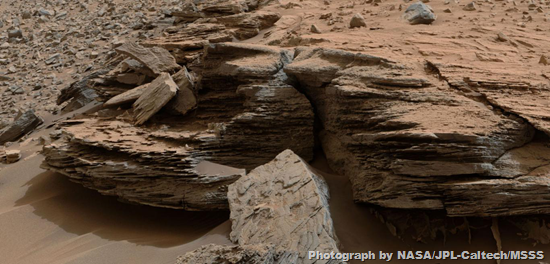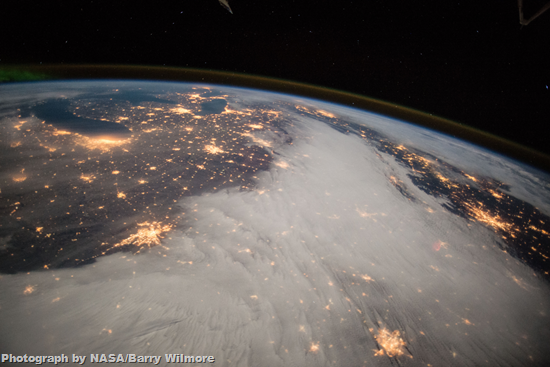
Week's Best Space Pictures: Brilliant Rings, Martian Springs, and Winter's Stings
By Dan Vergano, National Geographic News, 12 December 2014.
By Dan Vergano, National Geographic News, 12 December 2014.
As the holidays approach, warm up with views of a stellar bauble, galaxies merrily feasting, and summer in the South Atlantic.
1. Hubble Spies Christmas Ornament
Season's greetings from the Hubble Space Telescope, which spotted this glittery ornament in the sky, shown in a photo released this week.
The vast stellar snow globe, an enormous ball of some 330,000 stars called Messier 92, orbits our own Milky Way galaxy much like a toy train circles underneath a Christmas tree. Astronomers study "globular" clusters such as Messier 92 for clues to the formation of stars.
2. Saturn's Rings Look Large
Gaze upon the real Lord of the Rings, which appears crowned with splendid circlets in this Cassini spacecraft view of the famed rings of Saturn.
Despite centuries of observation, it was only during flyby missions four decades ago that astronomers finally confirmed the rings were mostly filled with ice particles. Saturn's bands can be seen through its rings (as at middle right), revealing the rings' translucence.
3. Watery Past on Mars Revealed…Again
Water, water, everywhere, but no longer a drop to drink. On Mars at least, evidence of a watery past keeps turning up - for example, as seen in this image of cross-bedded sandstone captured by NASA's Curiosity rover.
At a media event on Monday, Caltech's John Grotzinger and his rover team released the image as evidence that a series of lakes once filled Gale Crater, where Curiosity now roams.
The rocks point to water flowing, perhaps for millions of years, in the direction of a mountain now in the centre of the crater. That means the mountain might be the eroded remnant of the centre of a 96-mile-wide (154.5 kilometres) lake from about 3.5 billion years ago.
4. Summer Swirls in South Atlantic
Swirls of plankton collide across the southern Atlantic, in this view from NASA's Suomi-NPP spacecraft.
Spun by ocean currents, the plankton blooms in the summer and spring off the South American coast, where warm and cold waters collide in a nutrient bath for the tiny sea creatures.
The aquamarine colours of the stripes come from mixes of microscopic shelled plankton, whose calcium-rich coverings give seawater a chalky hue.
5. When Galaxies Collide
A pair of galactic ghouls appears in this view from the European Space Agency's Herschel Space Observatory, caught in an act of cosmic cannibalism.
Some 49 million light-years away in the constellation of Leo, the Lion, the two galaxies are devouring flows of hot, blue-tinged gas, remnants of a departed cousin ripped apart by their inexorable gravity.
6. Bright Lights, Big Cold Cities
As winter casts a cold spell across North America, the International Space Station captured a look across the Great Lakes, still recovering from a snowy blast.
Aboard the orbiting lab, Expedition 42 Commander Barry Wilmore took this picture amid medical studies and preparation for next week's Dragon cargo craft docking.
Photo gallery by Mallory Benedict.






No comments:
Post a Comment
Please adhere to proper blog etiquette when posting your comments. This blog owner will exercise his absolution discretion in allowing or rejecting any comments that are deemed seditious, defamatory, libelous, racist, vulgar, insulting, and other remarks that exhibit similar characteristics. If you insist on using anonymous comments, please write your name or other IDs at the end of your message.